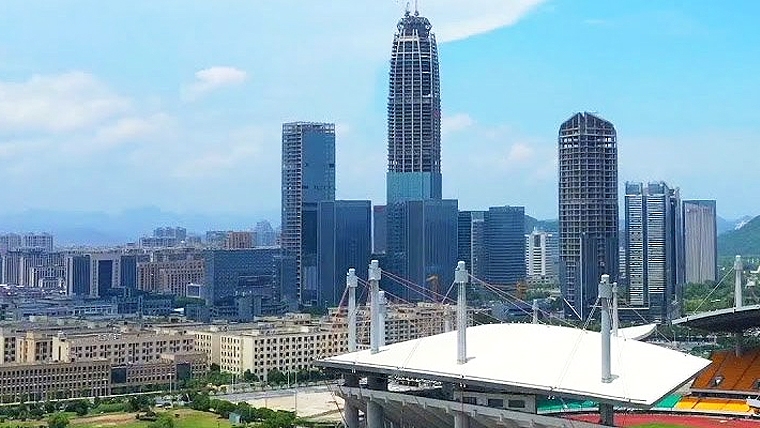
By Mark Tanner*
Since China opened up, the majority of the country’s personal wealth creation came from the appreciation of residential property. Nowhere was this more pronounced than in first-tier cities, where housing price-to-income ratios climbed to 20-30 times incomes: two-to-three times higher than tier 2 and 3 cities. This appreciation has contributed to tier 1 cities’ propensity to buy premium products.
Obtaining a Hukou (the city-specific resident registration) and getting on the property ladder, alongside greater job opportunities, more things to do, and the status from living in a big city, all contributed to the breath-taking migration to China’s megacities over the past few decades.
Some of the incentives of living in the big city have disappeared lately, with house prices largely flat, and limited prospects of that changing in the foreseeable future. The lower cost of living in smaller cities, coupled with increasingly sophisticated consumer infrastructure and relative improvements in job prospects are fuelling reports of Chinese youth returning to smaller cities like never before.
As China’s youth return to lower tier cities, they bring with them the sophisticated habits from living in the metropolises. For example Lululemon, a brand usually aligned with tier 1 and 2 audiences, is increasingly attracting consumers based outside the main centres. In their highest-selling Douyin livestream in January, 5 of the top-10 cities in the audience were lower-tier cities without any physical Lululemon stores. Similarly, Luckin Coffee’s shop count in tier 3-5 cities was lower than in tier 1 at the start of 2022, but is now almost double.
The Lululemon and coffee examples illustrate that the appetite for Western-style products and lifestyles are spilling into lower tier cities. Yet, despite the hype, behaviour still has some catching up to do.
Yoga pants are Lululemon’s top sellers for traditional tier 1 & 2 city shoppers on Tmall, whereas the lower-tier shoppers are buying flare pants, jackets, down jackets, and wide-leg pants on Douyin.
Coffee orders on o2o delivery platform Meituan are 2.5 times larger than tea in first tier cities, but more tea than coffee is delivered in tier 2 cities, and almost twice as much tea than coffee in tier 5 cities. Although lifestyles are evolving and these trends are catching on in lower tier cities, the level of sophistication and preparedness to pay a premium is still less developed.
Despite a lot of talk of consumption growth being in lower tier cities, and retail footprints expanding faster in these areas, it is a little simplistic to say lower tier cities are growing faster overall. The four tier-1 cities were among just nine provincial-level regions which saw population growth last year. In addition, almost all of China’s population growth gravitated towards the megacity of Shanghai and surrounding Yangtze River Delta and Guangzhou/Shenzhen Pearl River Delta area.
Even in provinces which logged population declines, their megacities continue to rise. Anhui for example, wasn’t one of the Chinese provincial-level regions to grow in population last year, yet its capital city, Hefei, grew by 219,000 people – more than any other city in China. After Hefei, Zhengzhou, Hangzhou and Chengdu were the fastest growing cities by number – all considered ‘new Tier 1’ cities.
So in a nutshell, the lower tier cities present much-less tapped opportunities for growth than saturated higher tier cities, but the real established bases remain in the biggest cities, particularly for premium brands and products with a genuine point of difference and a smart marketing strategy.
*Mark Tanner is the CEO of China Skinny, a marketing consultancy in Shanghai. This article was first published here, and is re-posted with permission.

We welcome your comments below. If you are not already registered, please register to comment
Remember we welcome robust, respectful and insightful debate. We don't welcome abusive or defamatory comments and will de-register those repeatedly making such comments. Our current comment policy is here.